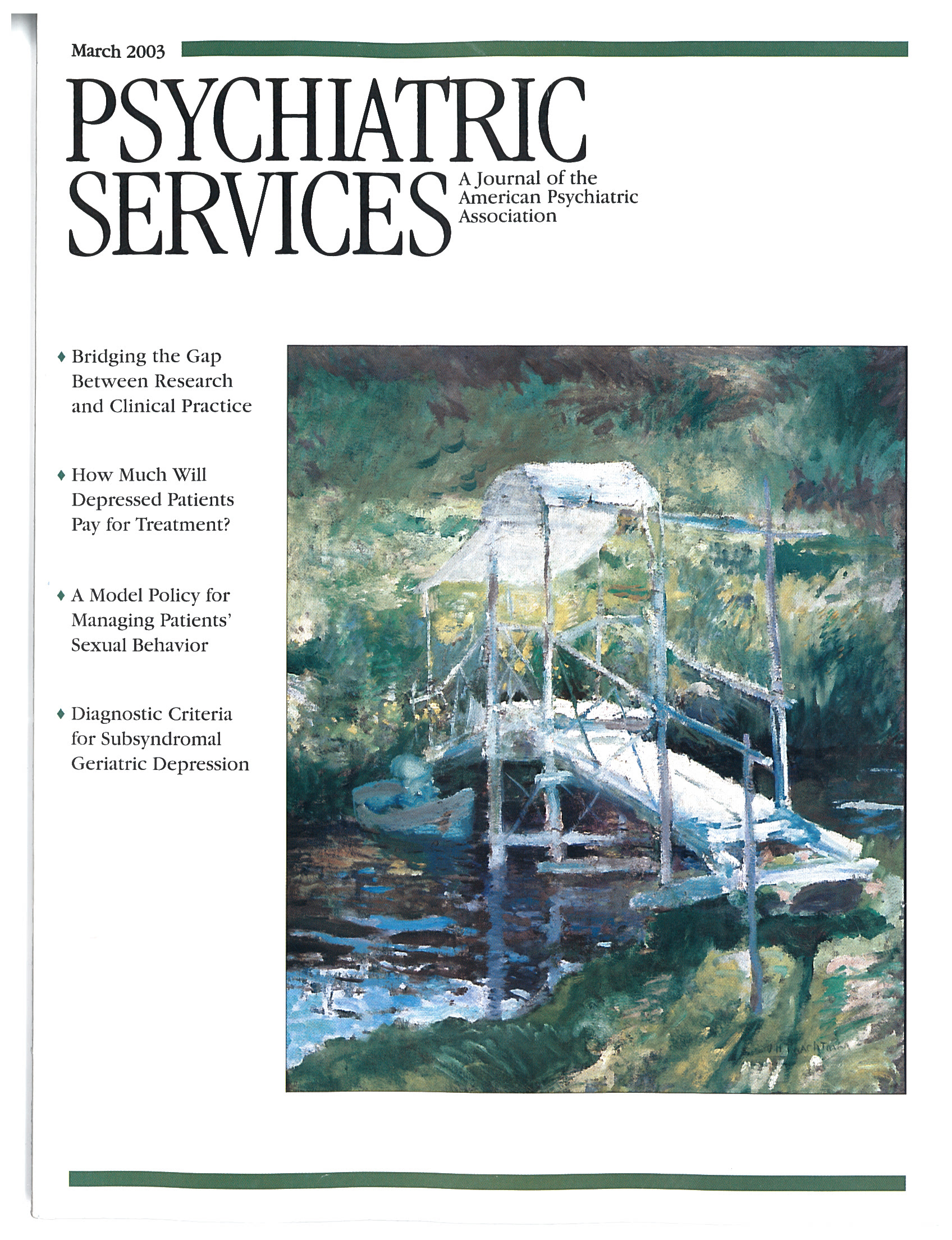The editors and contributing authors of Defining Psychopathology in the 21st Century: DSM-V and Beyond are all members of the American Psychopathological Association (APPA). This book is the result of a coordinated effort from the 2000 annual meeting of APPA.
The purpose of the book is to provide insight and opinions on the evolvement of the diagnostic taxonomy in psychopathology and the direction it should take in light of recent research practices. The hope is to provide guidance in the development of a classification system that will "lead to more accurate diagnoses and treatment for patients and a broader range of taxonomic options for researchers."
The book is divided into four sections covering definitional tensions, imaging psychopathology, longitudinal studies, and exploration of alternatives.
At the 2002 annual meeting of the American Psychiatric Association held in Philadelphia, I went to the bookstore in search of a text on psychiatric research. However, I did not find one. Defining Psychopathology in the 21st Century is not an instructional book on how to conduct psychiatric research, but I found it very helpful to read and follow the various authors' scientific approaches to addressing issues that define the field of psychiatry, including the validity and accuracy of the diagnostic taxonomy.
As a young psychiatric resident, I often found myself disillusioned with the field of psychiatry in general because of the lack of biological substance in certain areas. In my opinion, Defining Psychopathology in the 21st Century has helped close the rift that existed, in my mind at least, between psychiatry and the other branches of medicine, offering a discussion on the future of the field that was very biologically based. In the past, psychiatric illness has been defined by syndromes. The authors of this book state that accurately delineating these clinical syndromes will make it easier to elucidate their etiology and that research in genetics and neuroimaging will help to tie these syndromes to the underlying abnormality.
I would recommend Defining Psychopathology in the 21st Century to anyone interested in psychiatric research as well as to those who are concerned about and interested in the future of psychiatry. I believe that this book gave me a glimpse of where the field of psychiatry is headed, and I find this exciting. Future developments in genetics and neuroimaging will not only help refine our diagnostic taxonomy and improve patient care but will also lead to improved research, further perpetuating the validity and development of the field of psychiatry.

